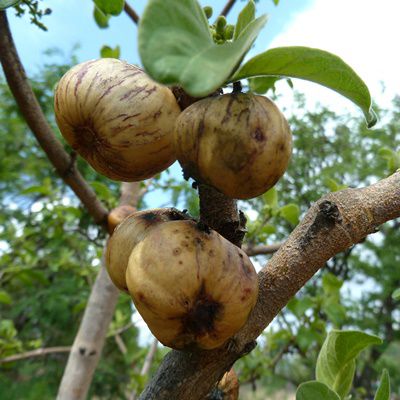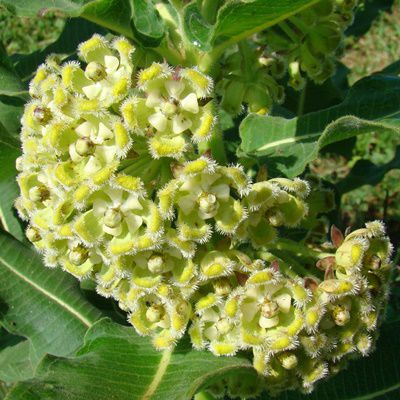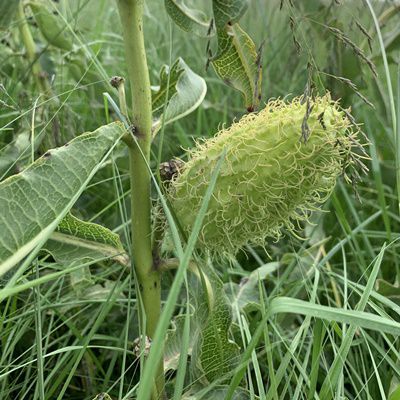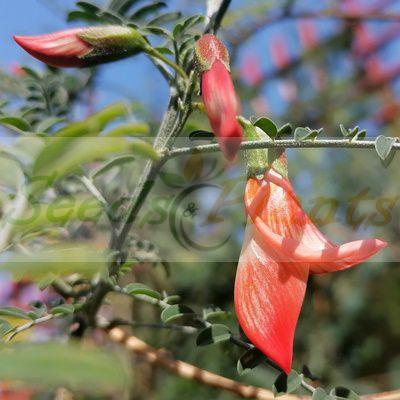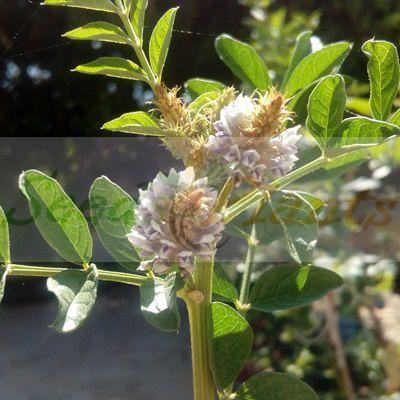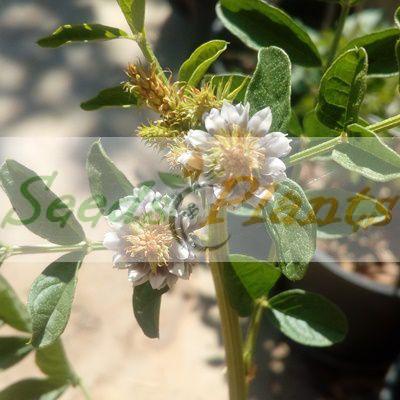🌿 Herbal Quick Facts
Medicinal Info
- 🌍 Origin / Region: Southern Africa, Tropical Africa
- 🌿 Medicinal Part: Root, Sap / Latex
- 🍵 Herbal Preparation: Chewing, Decoction, Infusion / Tea, Inhalation, Paste, Powder
- ⚕️ Healing System: African Traditional Medicine
Growth Traits
- 🌱 Life Cycle: Perennial
- 🌾 Plant Type: Herbaceous Perennial
- 🦋 Pollinator Method: Attracts Bees, Attracts Butterflies
- 🪴 Growth Habit: Upright
- 🌸 Flower Color: Pale Green, Whitish-green
Growing Requirements
- 🌞 Sun Exposure: Full Sun
- 💧 Water Needs: Avoid Overwatering, Regular Water
- ☀️ Growing Conditions: Drought Tolerant, Frost Sensitive, Heat Tolerant, Not Cold Tolerant
- 🟤 Soil Preference: Tolerant of most soils, Well-Drained
Milkwort – 5 Seeds
(Xysmalobium undulatum)
R50.00
The bitter fleshy root of Milkwort is one of the most widely used medicinal plants in South Africa, and is traded internationally under the name Uzara.
Common Names: Milk bush, milkwort, uzura, wild cotton, wave-leaved xysmalobium (Eng.); bitterhout, bitterwortel, bitterhoutwortel, melkbos (Afr.); leshokoa, poho-tehla (Southern Sotho); iyeza elimhlophe, nwachaba, iShongwane (Xhosa); iShongwane, iShongwe, iShinga (Zulu).
Indoor Sowing: Not Recommended.
Direct Sowing: Summer.
Out of Stock
Email me when the product is back in stock.
🌿 Herbal Quick Facts
Medicinal Info
- 🌍 Origin / Region: Southern Africa, Tropical Africa
- 🌿 Medicinal Part: Root, Sap / Latex
- 🍵 Herbal Preparation: Chewing, Decoction, Infusion / Tea, Inhalation, Paste, Powder
- ⚕️ Healing System: African Traditional Medicine
Growth Traits
- 🌱 Life Cycle: Perennial
- 🌾 Plant Type: Herbaceous Perennial
- 🦋 Pollinator Method: Attracts Bees, Attracts Butterflies
- 🪴 Growth Habit: Upright
- 🌸 Flower Color: Pale Green, Whitish-green
Growing Requirements
- 🌞 Sun Exposure: Full Sun
- 💧 Water Needs: Avoid Overwatering, Regular Water
- ☀️ Growing Conditions: Drought Tolerant, Frost Sensitive, Heat Tolerant, Not Cold Tolerant
- 🟤 Soil Preference: Tolerant of most soils, Well-Drained
Milkwort (Xysmalobium undulatum) is widely used in traditional medicine and sold internationally under the name Uzara. It can be found from Kenya all the way down to South Africa. It is a robust erect perennial herb, up to 1.5 m tall. Stems hairy with milky sap. Leaves are opposite and the spherical clusters of flowers are creamy-green to yellowish, often tinged purple-brown. The flowers make way for bright green, puffy seed pods.
Common Names: milk bush, milkwort, uzura, wild cotton, wave-leaved xysmalobium (Eng.); bitterhout, bitterwortel, bitterhoutwortel, melkbos (Afr.); leshokoa, poho-tehla (Southern Sotho); iyeza elimhlophe, nwachaba, iShongwane (Xhosa); iShongwane, iShongwe, iShinga (Zulu)
Milkwort Medicinal Benefits:
- The powdered root is used to treat wounds and abscesses.In traditional medicine it is also used to treat headaches.
- Dry powdered root and extracts of the root are apparently an excellent remedy for painful menstrual cramps and have an antispasmodic action.
- The root has been widely used for treating indigestion and malaria and other fever, including typhoid.
Growing Milkwort:
Indoor Sowing: Not Recommended.
Direct Sowing: Summer.
- Sow the seed in a well-drained sandy medium.
- Seeds germinate easily and grow well in well-drained soil with optimum germination when sown ±1 cm deep.
- Tolerates a wide range of soils including clay.
- Use extreme care when transplanting as its roots are sensitive.
- Can be grown in containers.
- Plants are relatively quick-growing, but may only flower after a number of years.
- Need full sun and plenty of water.
- Dying back to the ground with the first frost, the plant will re-emerge again in Spring with multiple erect tall stalks.
Does this plant have medicinal uses?
Traditionally, Milkwort has a history of use in African Traditional Medicine. Seeds are sold for cultivation purposes only.
Disclaimer
Medicinal Information:
All medicinal information on this website is for educational and informational purposes only and may not be construed as medical advice. The information is not intended to replace medical advice or treatment offered by healthcare professionals.
Seeds, Plants, Plant Cuttings, Geophytes and Dried Herbs:
In some countries and provinces, certain plants are deemed as invasive and are not allowed to be planted at all, whilst some plants are allowed to be grown only in certain areas or provinces. The onus is on you as the buyer to familiarize yourself with the regulations pertaining to your location, before purchasing any of our seeds, plants, plant cuttings, geophytes or dried herbs. We will not be held liable, should you purchase any seeds, plants, plant cuttings, geophytes or dried herbs. from us which are prohibited in your country or province.

